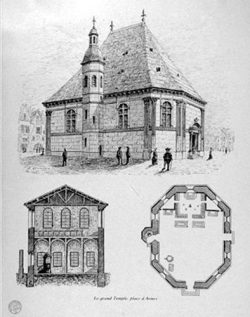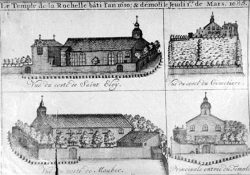La Rochelle
(Charente-Maritime)
La Rochelle was prominent protestant city as early as 1530-1540. Protestants first used Catholic churches for their services, sometimes in simultaneum, as was often the case in the early days of the Reformed faith.
Services of worship before 1568
The Saint-Sauveur and Saint-Bathélémy churches were used alternatively for services of both confessions. The Saint-Michel hall, built in the 15th century, was attributed to Protestant worship.
La Rochelle became the capital city of the Reformed (1568)
The Saint-Yon Temple, former refectory of the Augustinian convent, and later the Sainte-Marguerite Chapel (of the Oratorian convent) replaced the Saint-Michel hall which by then was much too small.
The Great Temple (1577-1689)
1577 : the plans of the Great Temple were attributed to Philibert Delorme ; its foundation stone was laid by Henri II de Bourbon, Prince de Condé, but the actual construction began in 1600.
1603 : Consecration of the edifice, first sermon. It was an work of architectural art – an irregular eight-sided, 49m long, 30m wide and 60m high edifice. The lead-covered roof rested on basket-shaped woodwork with no supporting pillars.
The outside was decorated with pediments over the doors and ribbed pilasters.
1627 : the city, besieged by Richelieu surrendered. The “Big” Temple was handed over to the Catholics. The King wanted to destroy “this stronghold of rebellion and heresy” (cette citadelle de la rébellion et de l’hérésie).
1648 : La Rochelle became an archbishopric and the “Big” Temple a cathedral.
1687 : Most of the edifice was destroyed by a fire.
1689 : Total destruction.
The temple in Villeneuve
After the siege and the transfer of the “Big” Temple to the Catholics, Louis XIII granted the Protestants a piece of land to build a new place of worship. The construction started in 1630. It was a modest rectangular building with an enclosure, a set of asymmetrical doors and a bell.
The 18 January 1685, a decree of the Parliament ordered its demolition.
In March 1685, the temple was demolished. The Tables of the Law and the pulpit were likewise destroyed. The bell was given to the Saint-Bathélémy church. The stones were used to build the Saint-Louis hospital on the same site. The only element of the Temple that survived was the street name, “rue du Prêche” (Sermon street).
The former church of the Récollets
In 1798 the Protestants of La Rochelle no longer had a place for worship – their Temple Saint-Eloy, built in 1630, was destroyed in 1685. They were then granted use of the former church of the Récollets Convent, built in 1691 “to the taste of the time” (that is in the Counter-Reformation style).
It was sold as national property in 1793 and bought by Sir Ranson, in the name of Protestant families, and used for worship five years later. The interior was then changed – the five chapels on the southern side were closed, benches installed, and wooden panels put on the walls.
In 1931, the Protestant Museum was established in an annexe to the Temple, which is still used today.
La Rochelle
(Charente-Maritime)
La Rochelle
Bibliography
- Books
- COUNEAU Émile, La Rochelle disparue, Foucher, La Rochelle, 1904
- DUBIEF Henri et POUJOL Jacques, La France protestante, Histoire et Lieux de mémoire, Max Chaleil éditeur, Montpellier, 1992, rééd. 2006, p. 450
- LAURENT René, Promenade à travers les temples de France, Les Presses du Languedoc, Millau, 1996, p. 520
- REYMOND Bernard, L’architecture religieuse des protestants, Labor et Fides, Genève, 1996
Associated notes
-
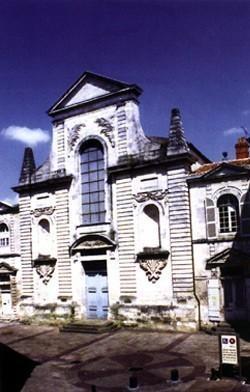
Itinéraire protestant à La Rochelle
Dès 1546, La Rochelle est une des grandes villes du royaume gagnées à la Réforme. Elle est au XVIe siècle, une des villes où se retrouvent tous les chefs protestants. -
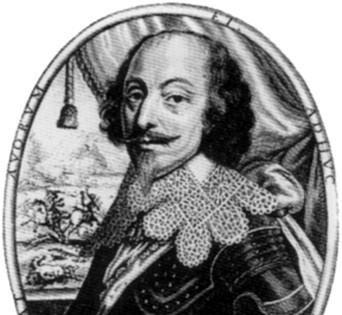
The last religious wars (1621-1629)
Under Louis XIII, in the wake of the Béarn case, the Protestants rebelled against the king. After their defeat, they lost their political assemblies and their strongholds and as a... -
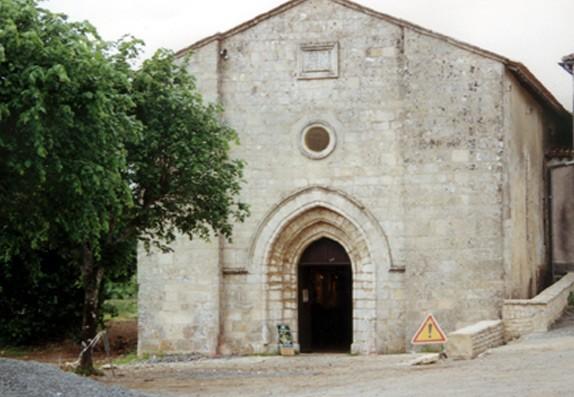
The House of Protestantism in Poitou
Since 1987, The House of Protestantism in Poitou, in the Inter-regional Park of the Marais Poitevin, has been a useful source of information abut the history of protestantism in Poitou... -

Protestantism in Poitou-Charentes
Poitou as well as Charentes were regions where Protestantism spread the fastest and was most deeply rooted.

